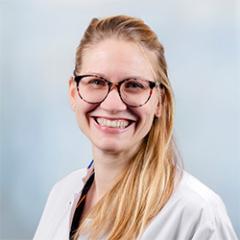Please visit the UMCG Research Data Catalogue for more detailed information on our data and samples.
Transplantlines collects a wide array of data and biomaterials to support diverse research needs. Participants complete questionnaires on socio-economic status, quality of life, physical activity, immunosuppressive therapy side effects, and diet. During study visits, the following samples are collected:
- Whole blood, serum, EDTA plasma, citrate plasma, heparin plasma
- 24-hour urine collections
- Hair, nails, and stool samples
Participants also undergo physical and neurocognitive tests to assess functioning and the side effects of immunosuppressive drugs, such as polyneuropathy and tremors. Additional samples, including serum, plasma, tissue samples (e.g., skin, adipose tissue, ureter, arteries, veins), and explanted organs, are collected during biopsies and suspected rejection episodes.





